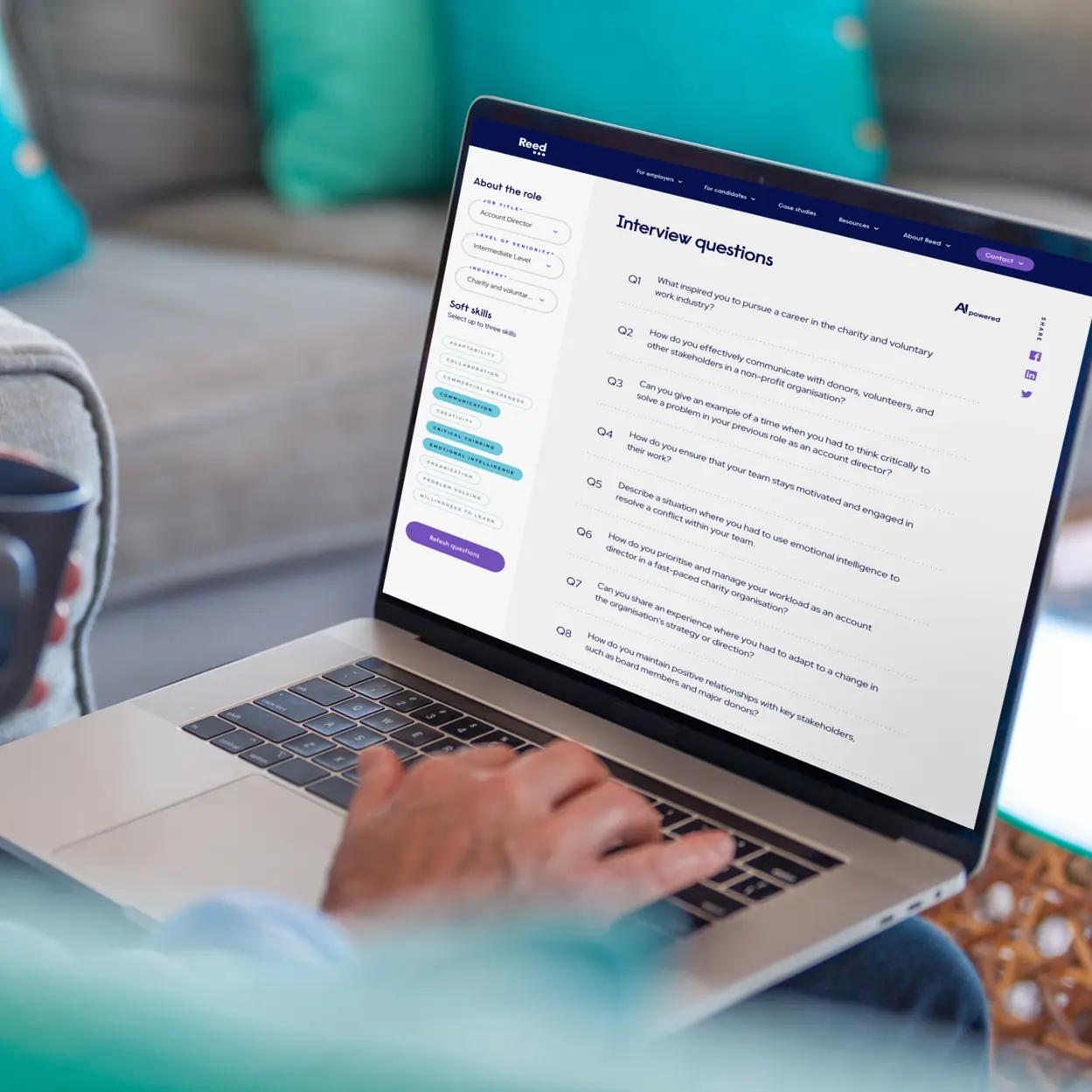AI systems are evolving at a rapid pace. The emergence of generative AI tools (used to create content, improve customer interactions, and assist with repetitive tasks) across the business landscape has made it clear that it’s no longer a futuristic technology – it's impacting the workplace right here, right now.
AI has evolved to be used by any business or individual to revolutionise the way they work or go about their day-to-day operations. Although it has been on the rise for years, the launch of accessible tools like ChatGPT and Dall-E 2 has recently sparked anxiety among many workers about their futures.
As AI continues to grow in popularity and prominence, questions remain as to whether it enhances or hinders working life. Its meteoric rise has created a growing phenomenon known as ‘AI anxiety.’
What is AI anxiety?
AI anxiety is a term used to describe the fear and worries that individuals have about the increasing role of AI in their lives. As technology continues to advance, many individuals are becoming anxious about the potential consequences of these developments, especially when it comes to their jobs.
Do they have cause to worry? According to Owl Labs’ 2023 State of Hybrid Work Report, 29% of workers said their employers adopted AI technology to replace or augment employees’ roles – creating a more seamless workplace. And 21% of those surveyed felt AI would compete with their job and 17% are worried it will steal their jobs altogether.
It wasn’t that long ago that multinational investment bank Goldman Sachs stated that AI could replace the equivalent of 300 million full-time jobs, leading many workers to feel concerned about their skills becoming obsolete or less valuable in the future.
How to help deal with AI anxiety
It’s clear that AI is here to stay, having already transformed the world of work in more ways than one, with a recent study by the International Data Corporation finding that 71% of the people they asked are already using AI tools at their jobs, and 22% are planning to start using them in the next year.
James Reed, Chairman and CEO of Reed, has previously stated that: “Rather than rapidly creating new ‘AI jobs’, it’s more likely that AI skills will gradually become an integral part of existing job roles, enhancing people’s capabilities and productivity rather than outright replacing jobs.”
While plenty of employees may be struggling to come to terms with how quickly AI is advancing, senior leaders should consider putting measures in place to help employees overcome that initial fear and trepidation.
Manage its introduction
AI tools are popular and have been known to help businesses streamline processes, but when the workforce feels unsettled by it, leaders are encouraged to communicate effectively with employees to ease any concerns they may have.
IT leaders, or those overseeing AI integration and rollout, may need to focus on the benefits of the technology, and its use in lightening workloads and freeing employees from labour-intensive tasks so they can devote more time to other areas of interest – increasing productivity along the way.
Clearly communicating company guidelines around the use of AI is essential to building employee trust and to ultimately reducing anxiety. This could involve speaking openly about the goals, benefits and challenges of AI adoption, and involving employees in the decision-making and implementation process.
Encourage upskilling
There are certain things that AI is not yet capable of when it comes to dealing with stakeholders – in particular customers and employees. There are still limitations surrounding its usage, including its current lack of:
creativity – AI cannot currently create, conceptualise, or plan strategically on its own. While it’s great at optimising and helping to reach objectives, it’s unable to choose its own goals or to think creatively (that we know of, at least).
empathy – AI cannot feel or interact with feelings like empathy and compassion, meaning it lacks that feeling of understanding and care. Even if technology improves in this area, it will still be difficult for humans to feel comfortable interacting with AI in situations that call for care and empathy.
Encourage your employees to develop and update their current skill set and competencies, especially those that are uniquely human and difficult to automate. These can include, alongside the above, critical thinking, problem-solving, communication and curiosity. These skills can help your employees adapt to the changing demands of the labour market and enhance not only their own professional value, but that of the organisation as well.
Create an AI policy in your workplace
It’s important to acknowledge that AI is still in its infancy – the technology will continue to evolve as more companies adopt it and more research is undertaken into its capabilities.
Employers are encouraged to create policies around AI usage, including information on regulation, data protection, quality assurance, and examples of its value to the workforce, as well as outlining the limitations it has. Asking your workforce for their input with this guidance can be helpful in deciding where boundaries are needed in how AI is used, and to help professionals understand how it can benefit their performance.
Creating an AI policy doesn’t have to be overly complex. Simple guidelines that can be expanded and adapted as usage grows is a great start.
Offer employee support
With AI integration expected to grow and take up a larger role in business, it’s important to provide employees with access to support and guidance for any work-related anxiety they may have, to keep morale high. With the emergence of online communities, forums, courses and events that focus on AI and its implications, employers can signpost to resources or host their own dedicated events to show a proactive approach to the thoughts and feelings of their employees.
Adequate training and support for workers to learn how to use AI effectively and safely can also be introduced, helping to develop their skills and competencies in the areas supported by AI. It’s important that AI is seen as a resource and a partner, not a threat or a competitor.
Having a supportive professional environment can go a long way in reducing feelings of anxiety and fear. While there is a pressing need for companies to bridge the technology gap and allow the adoption of AI to further advance their workplaces, employers need to keep in mind the impact this may have on their workforce.
The next few decades are anticipated to bring exciting innovations, and companies have a lot to gain. But it’s important not to blindly jump into the technology without a proper plan in place, one that supports the workforce, your most valuable asset.
To find a talented team member for your organisation, get in touch with one of our specialist consultants today.




